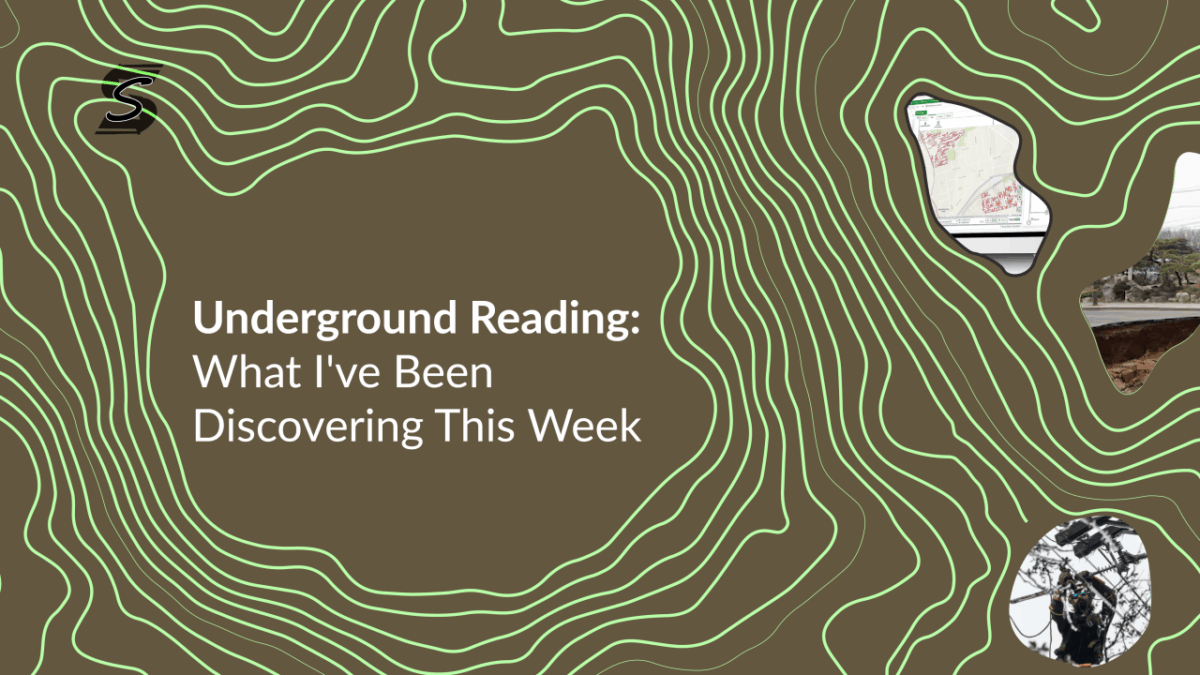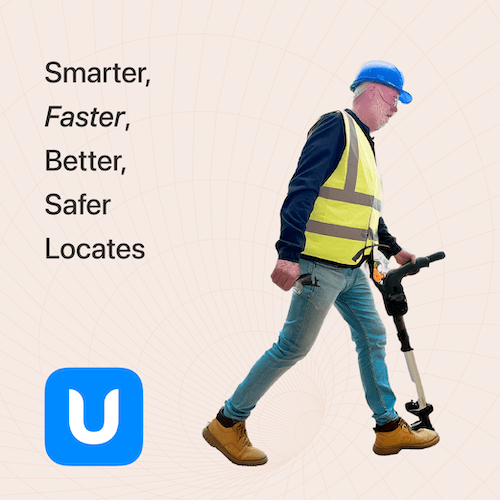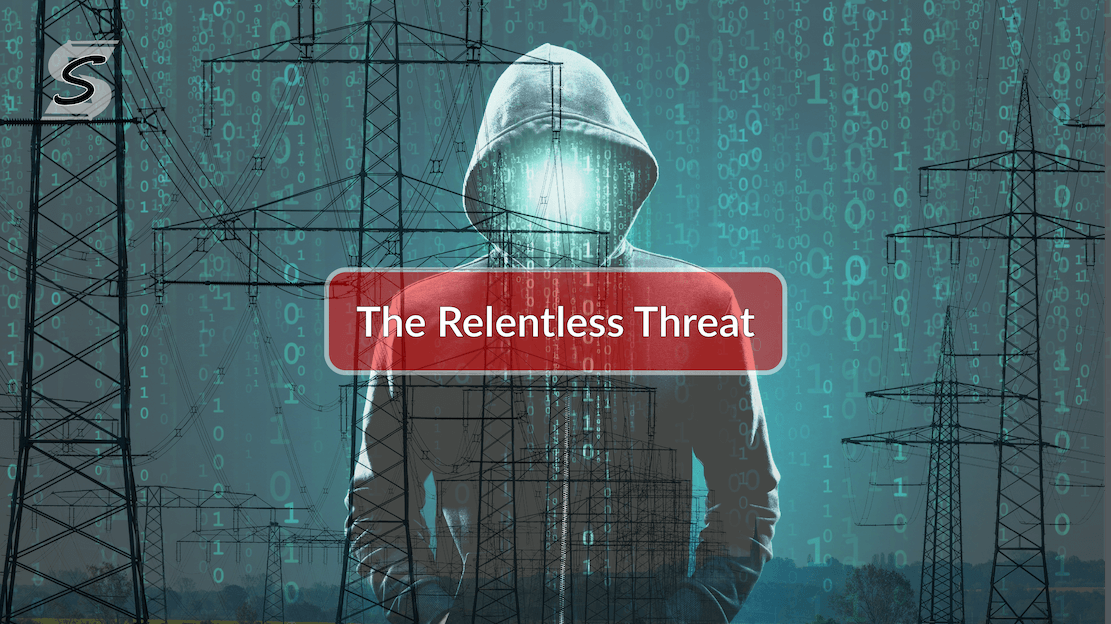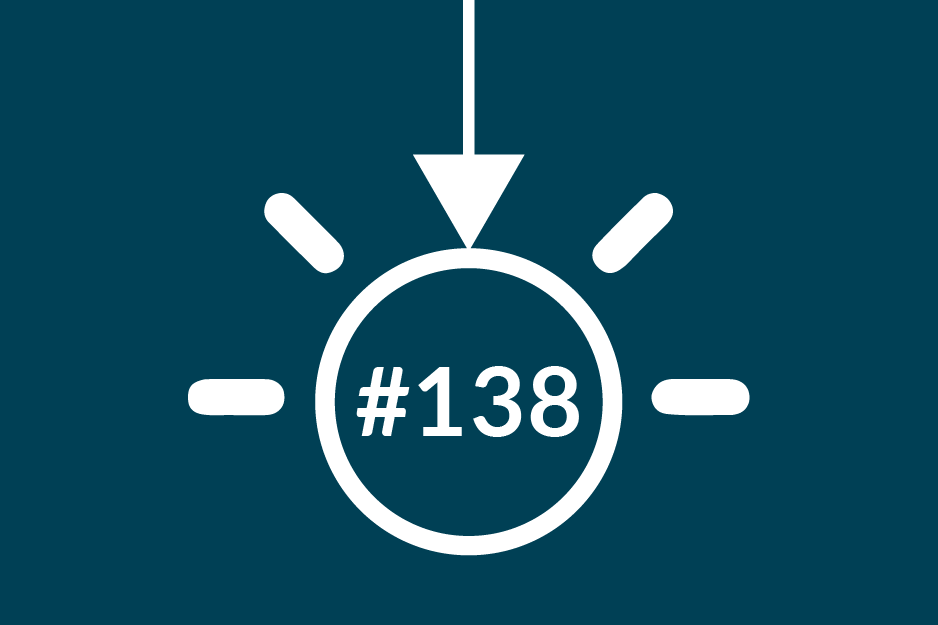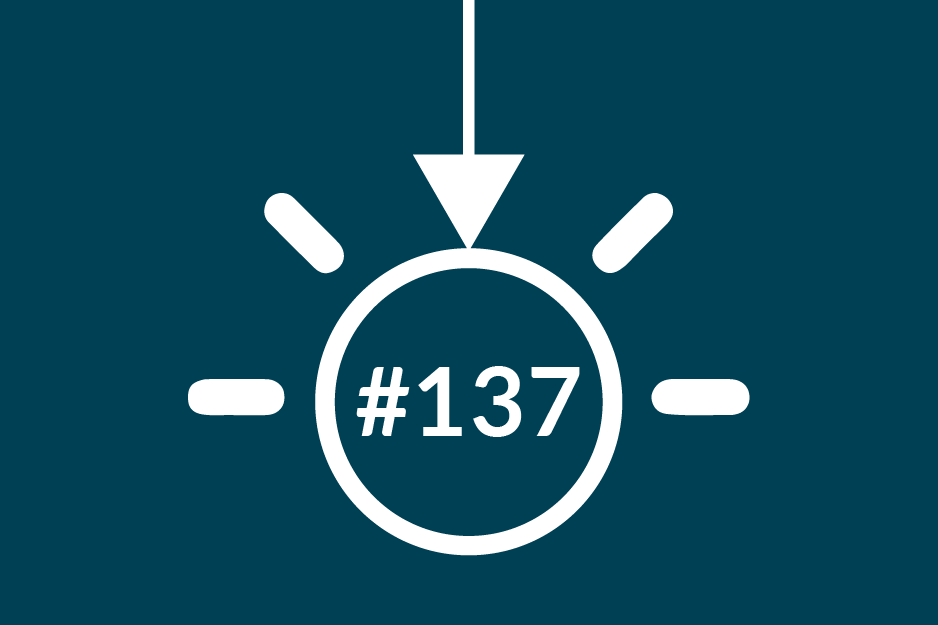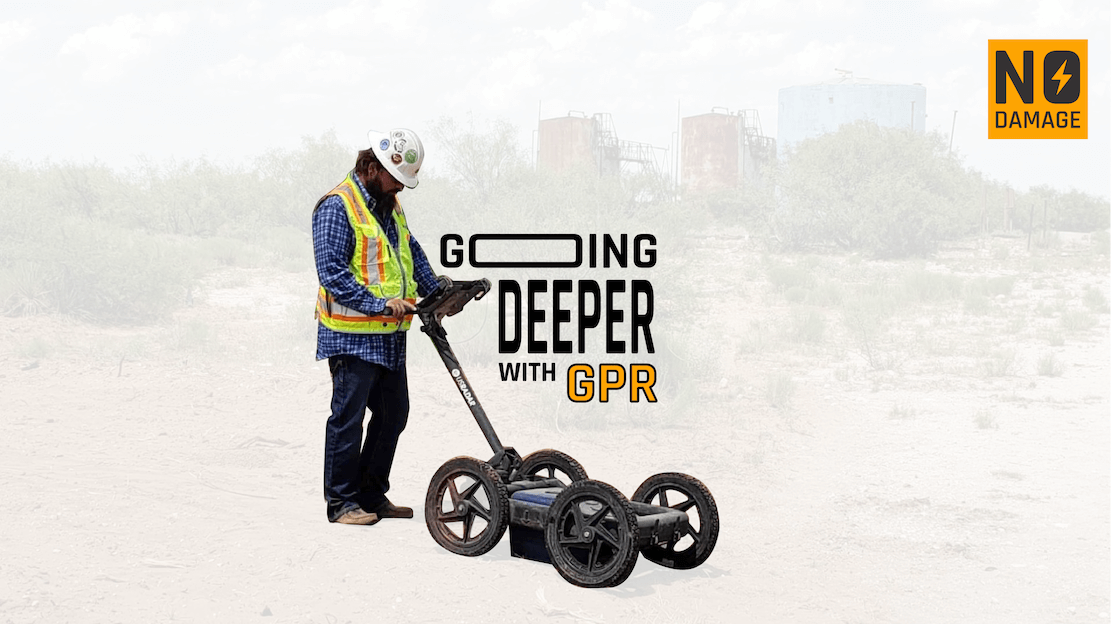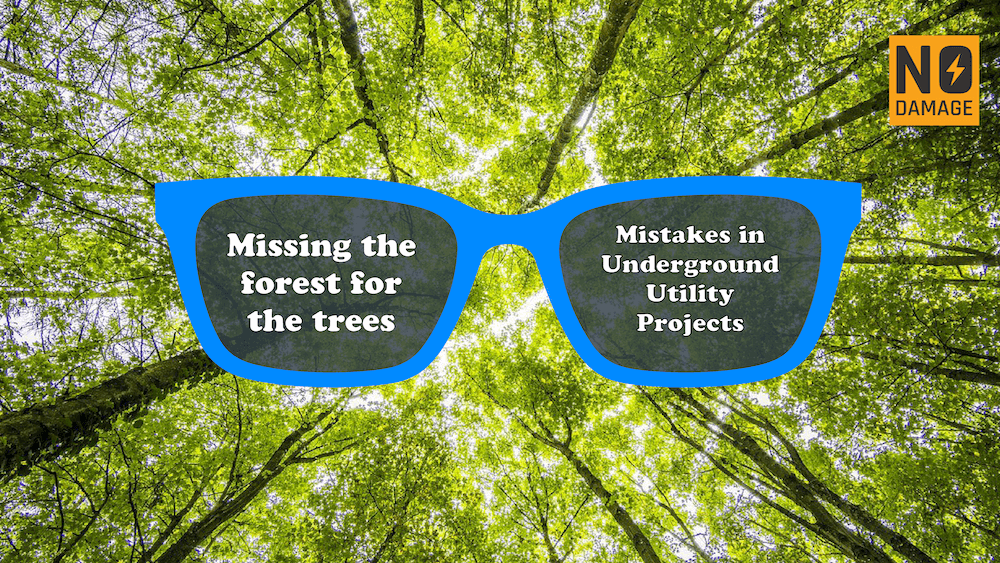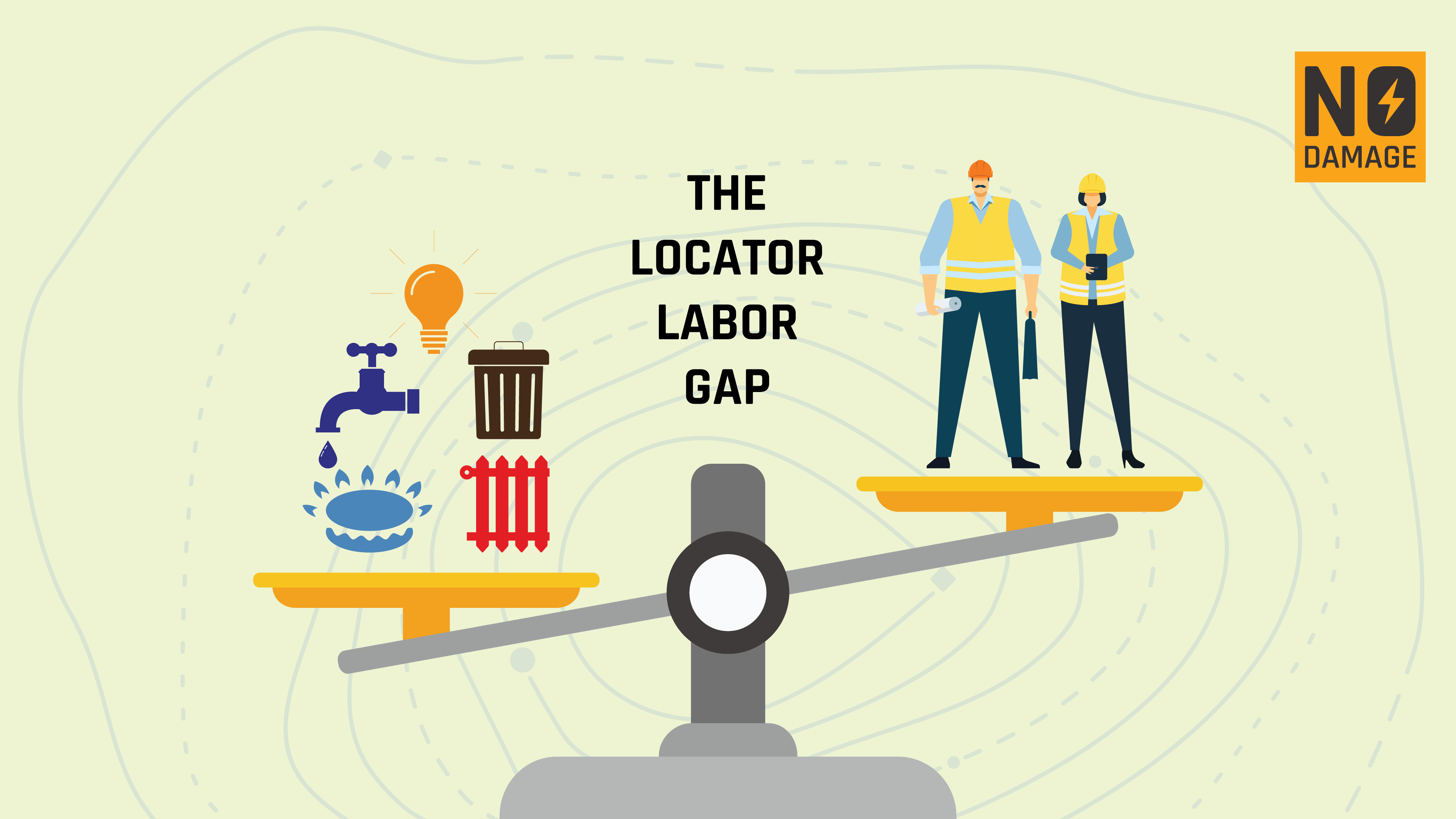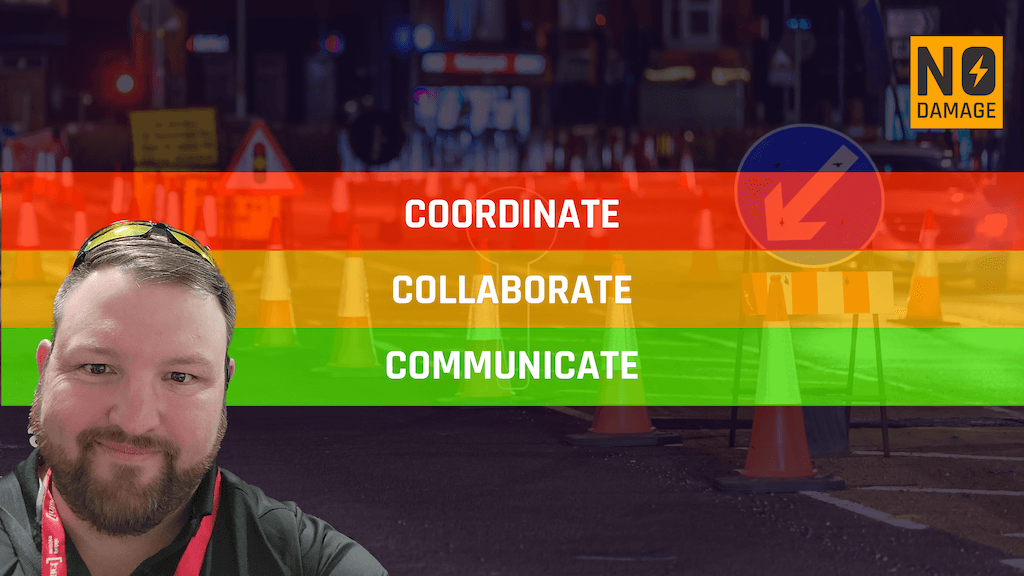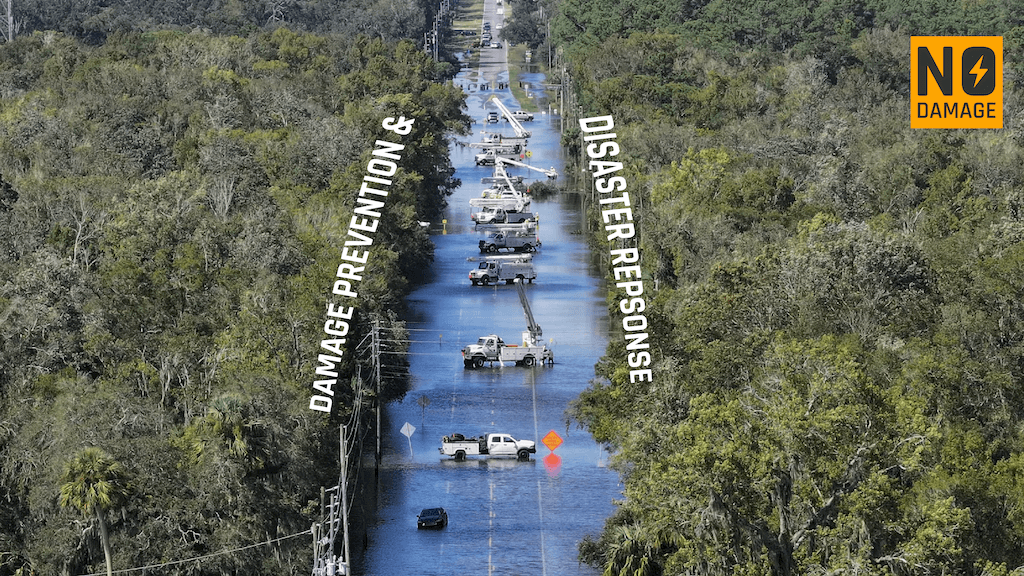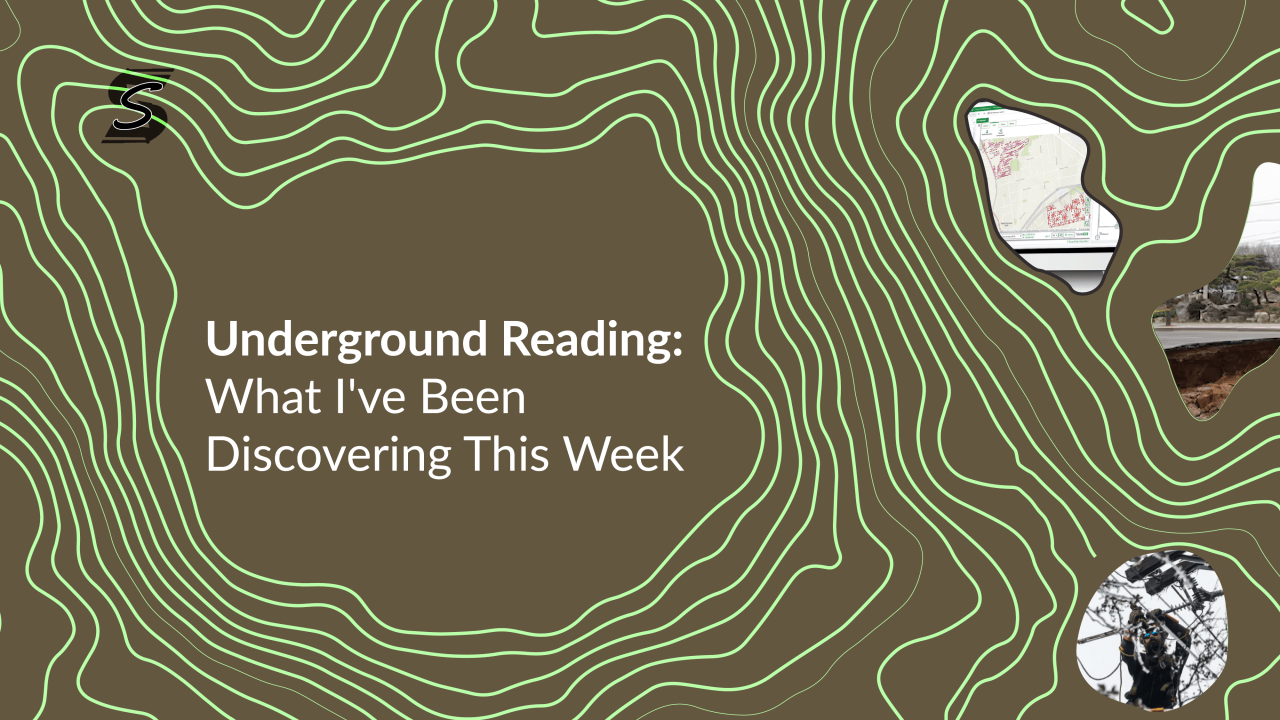
This week, I wanted to switch things up a bit and share some of the most compelling news stories I've been following. The geospatial world, and related fields, have been buzzing with fascinating developments, from innovative software solutions to mind-blowing archaeological discoveries. Let's dive right in!
Revolutionizing Network Management with VertiGIS ConnectMaster
First up, VertiGIS has unveiled ConnectMaster for ArcGIS, a game-changer for network inventory management in the telecommunications and utilities sectors. As Geo Week News highlighted:
"ConnectMaster for ArcGIS enables users to visualize, analyze, and manage their network infrastructure data more effectively, leading to enhanced data accuracy, improved workflow efficiency, and better decision-making capabilities for network planning and maintenance."
This seamless integration with Esri's ArcGIS platform is a significant leap forward, promising to streamline operations and empower informed decision-making in critical infrastructure management.
South Korea's Quest for Sinkhole Detection: Leveraging InSAR
Next, we shift our focus to South Korea, where the challenge of urban sinkholes is driving innovation in detection technology. Biz.Chosun's report highlighted the limitations of current methods, particularly ground-penetrating radar (GPR), and the need for advanced solutions like InSAR. They also detailed the root causes of many sinkholes:
"The causes of sinkholes lie beneath the urban ground. Of the 1,346 sinkholes that occurred in the country, approximately 53%, or 716 cases, were due to damage to water pipes. Faulty backfilling, which is the process of refilling soil after excavation, accounted for 244 cases, and poor construction accounted for 162 cases. Collapse occurs when soil is eroded by water leaking from water pipes or when empty spaces are created due to substandard construction, leading to ground failure."
The article emphasizes the need for complementary technologies, specifically InSAR (Interferometric Synthetic Aperture Radar), to overcome the limitations of GPR. InSAR's ability to monitor ground deformation over large areas offers a promising solution for detecting potential sinkhole precursors. This development underscores the ongoing search for advanced geospatial tools to ensure urban safety and infrastructure integrity.
The Astronomical Cost of Burying Austin's Power Lines
Turning to infrastructure challenges, the Austin Monitor's report on burying Austin's power lines was a stark reminder of the realities of large-scale projects. The article revealed:
"burying Austin’s power lines would cost $50 billion and is pretty much impossible."
This staggering figure underscores the immense scale and logistical complexities of modern infrastructure initiatives. It also highlights the crucial role of geospatial data in assessing project feasibility and understanding the limitations, even with cutting-edge technology.
Bonus: Unveiling Ancient Mysteries with SAR Technology Near Giza
And one that many of you have probably been following to... the Jerusalem Post shared news of a remarkable discovery near Giza. Eight massive cylinders, detected using advanced Synthetic Aperture Radar (SAR) tomography, were found hidden beneath the surface.
"The purpose of the cylinders remains unknown, but they are thought to be connected to the construction or function of the pyramids."
The use of SAR technology to "see" beneath the surface is a testament to the growing role of the technology in archaeological exploration, and a good case study on how useful it could be for utilities before they dig underground. This discovery adds another layer of intrigue to the Giza plateau.
Looking Ahead
This week's news underscores the crucial role of geospatial technologies in damage prevention across various sectors. From VertiGIS's ConnectMaster, enhancing network inventory management to prevent infrastructure damage, to South Korea's exploration of InSAR for early sinkhole detection, we see a clear trend. Even the use of SAR tomography in archaeology reveals hidden structures that, if left unknown, could be damaged by future construction. We're witnessing the rapid evolution of tools that allow us to proactively identify and mitigate risks, safeguarding our infrastructure and cultural heritage. The integration of advanced software, remote sensing, and other geospatial techniques is transforming our ability to understand and protect the world around us.
Now, I'm curious: What have you been reading this week? Any noteworthy industry news or articles that have caught your attention? Share your thoughts in the comments below!
Share this Post
